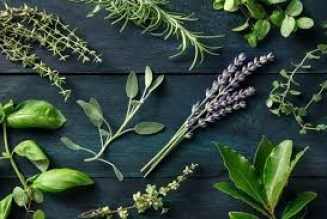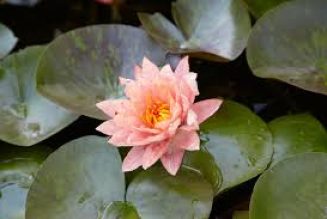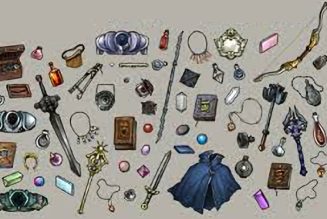Plants and herbs are a common ingredient in many forms of magic. Whether you are making incense, stuffing a sachet, or brewing a folk remedy, if you practice long enough, you’re eventually going to have a use for them. When that’s the case, you’ll want to use the best possible ingredient.While store bought herbs will do in a pinch, I prefer to harvest my own. This way: you can be confident of freshness, you can establish a relationship with the donor plant, and you can harvest with intent, contributing to the power of the destined spell. Your spell work begins with the gathering of components, so treat the activity with the focus it deserves.
Collecting Herbs for Magical Workings
590 views






















